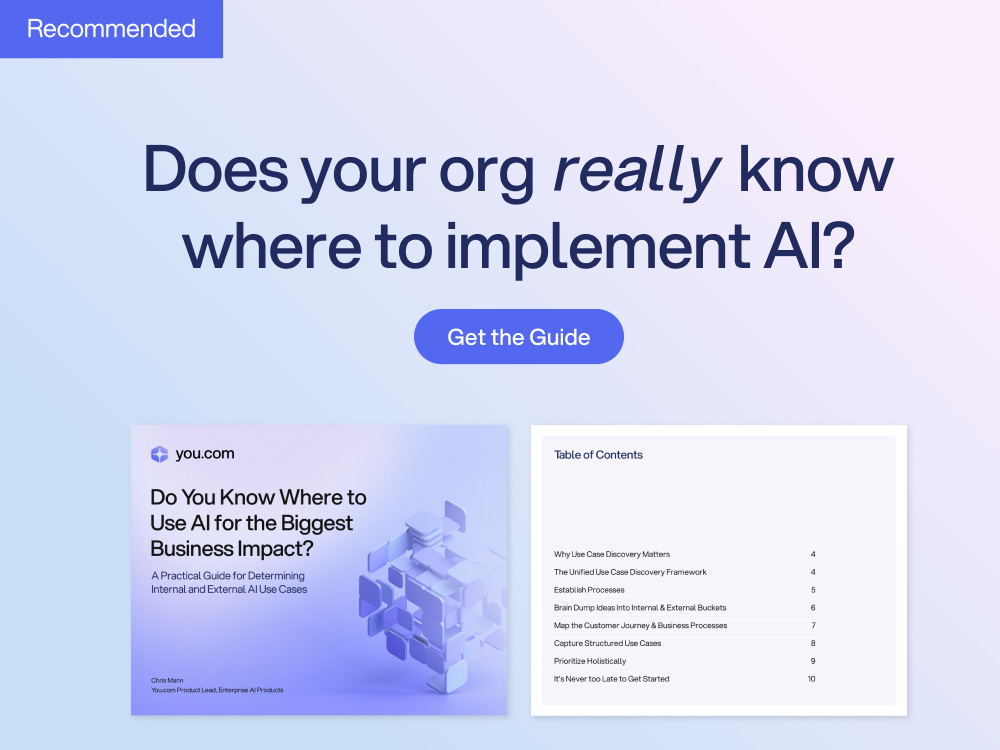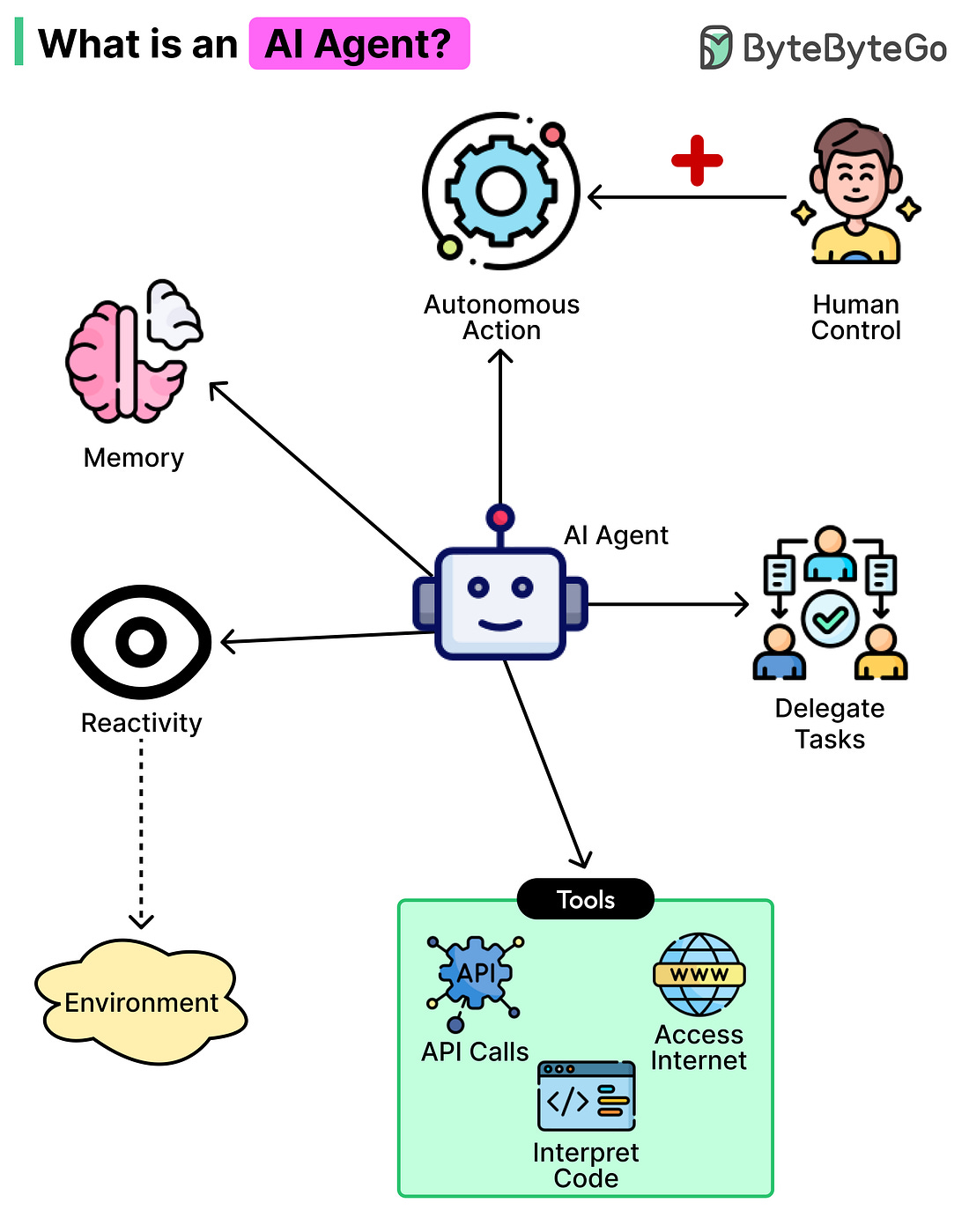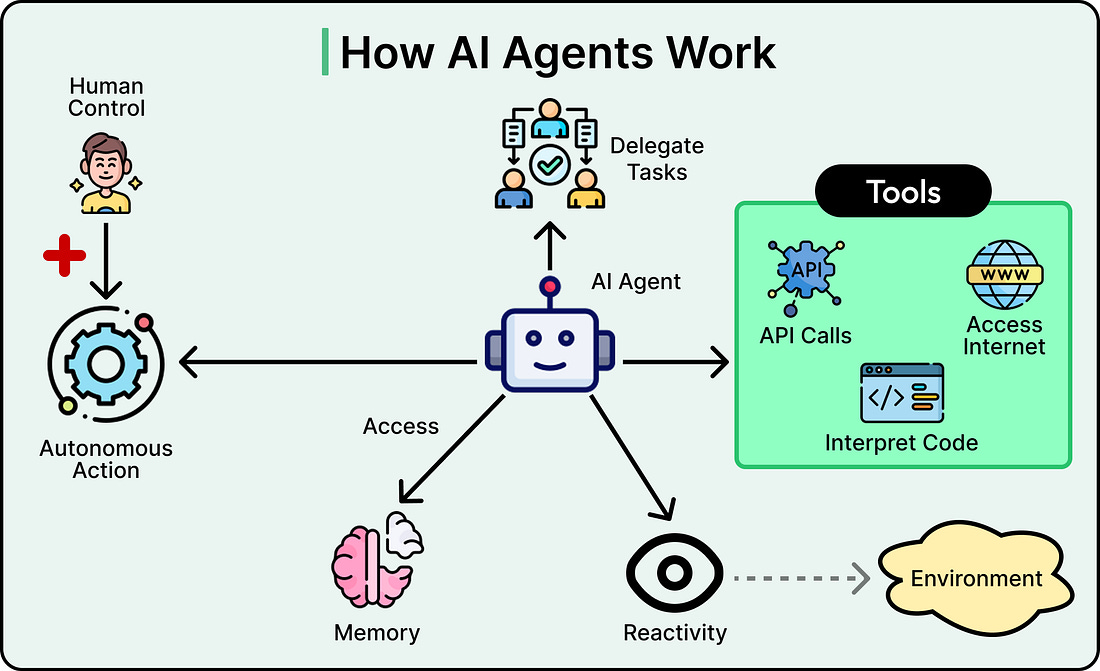|
Ready to turn AI buzz into business value? (Sponsored)
Successful AI transformation starts with deeply understanding your organization’s most critical use cases. We recommend this practical guide from You.com that walks through a proven framework to identify, prioritize, and document high-value AI opportunities.
In this AI Use Case Discovery Guide, you’ll learn how to:
Map internal workflows and customer journeys to pinpoint where AI can drive measurable ROI
Ask the right questions when it comes to AI use cases
Align cross-functional teams and stakeholders for a unified, scalable approach
Imagine asking a digital assistant to help plan a weekend trip. Instead of simply searching for flights when we type “flights to Paris,” it understands our broader goal. It checks flight options, compares hotel prices in different neighborhoods, looks up the weather forecast, and even suggests popular restaurants near our hotel. It remembers if we had mentioned a tight budget earlier in the conversation and adjusts its recommendations accordingly.
This is an AI agent at work, a system that doesn’t just respond to commands but actively works toward accomplishing our goals.
Traditional software programs follow rigid, predefined instructions. A calculator app performs the exact operation we specify. A search engine returns results for our query, but doesn’t take further action. These programs are powerful, but they’re fundamentally passive. They wait for our explicit commands and execute them precisely as programmed.
AI agents represent something fundamentally different. They can perceive their environment, make decisions based on what they observe, use various tools to accomplish tasks, and adapt their approach when things don’t go as planned. They exhibit a degree of autonomy that traditional software simply doesn’t have.
This shift from passive programs to active agents is transforming how we interact with technology and how software gets built.
In this article, we’ll explore what AI agents really are, understand the key characteristics that define them, and examine the different types of agents ranging from simple to sophisticated.
The Fundamentals of AI Agents
At its core, an AI agent is a software system that can perceive its environment, make decisions, and take actions to achieve specific goals with some degree of independence. The word “agent” is key here. Just as a travel agent acts on our behalf to find flights and negotiate deals, an AI agent acts on behalf of users or systems to accomplish tasks without needing constant guidance for every single step.
The distinction between traditional programs and AI agents comes down to how they operate.
Traditional software follows a predetermined path. When we use a spreadsheet program, it performs calculations exactly as we specify through formulas. When we click a button in an application, it executes a fixed sequence of operations. The behavior is entirely predictable because every scenario has been explicitly programmed.
AI agents, however, can navigate uncertain situations and make choices based on their observations. They don’t just execute instructions, but figure out what needs to be done and how to do it.
This capability has become particularly powerful with the emergence of large language models. These models, trained on vast amounts of text data, have developed remarkable abilities to understand natural language, reason about problems, and generate human-like responses. When we combine these language models with the ability to use tools and take actions, we get modern AI agents. The language model serves as the “brain” that processes information, makes decisions, and determines the best course of action. It can break down complex requests, understand context and nuance, and communicate naturally with both humans and other systems.
Four key characteristics define what makes something an AI agent:
First is autonomy, or the ability to operate without constant human intervention and make decisions independently.
Second is reactivity or responding appropriately to changes in the environment and new information.
Third is proactiveness, which is about taking initiative to achieve goals rather than just reacting to immediate stimuli.
Fourth is social ability, or the capacity to interact with other agents or humans through some form of communication.
Together, these characteristics enable agents to handle complex, multi-step tasks that would be difficult or impossible for traditional software to manage effectively. When we ask an agent to “prepare a monthly sales report,” it can understand that this involves gathering data, performing analysis, creating visualizations, and formatting everything coherently, all without us specifying each step.
How AI Agents Actually Work?
Understanding how AI agents function requires grasping a fundamental concept called the agent loop.
This is the continuous cycle that agents follow as they work toward their goals: perceive the current situation, think about what to do next, act by taking a specific step, observe the results of that action, and then repeat the process. This cycle continues until the agent determines it has completed the task or needs human assistance to proceed further.
The diagram below shows the basic setup of an AI agent.
Let’s walk through a concrete example to see this in action.
Imagine we ask an AI agent to help plan a vacation to Tokyo for next month.
The agent first perceives our request and understands the goal, which is to find flights, accommodation, and create an itinerary within our constraints.
In the think


